Now Reading: Best Places to Visit in Jogulamba Gadwal – Temples, Forts & Natural Attractions
-
01
Best Places to Visit in Jogulamba Gadwal – Temples, Forts & Natural Attractions
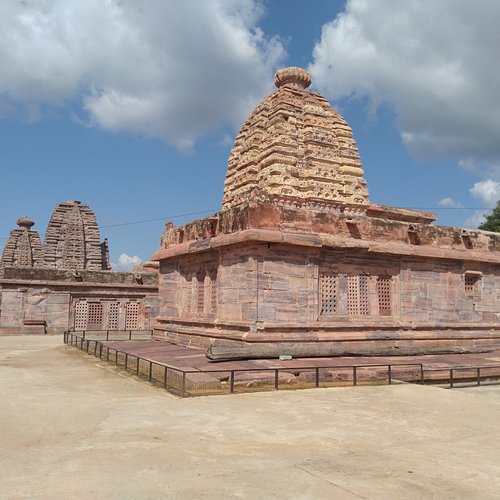
Best Places to Visit in Jogulamba Gadwal – Temples, Forts & Natural Attractions
1.Thummilla Lift Irrigation
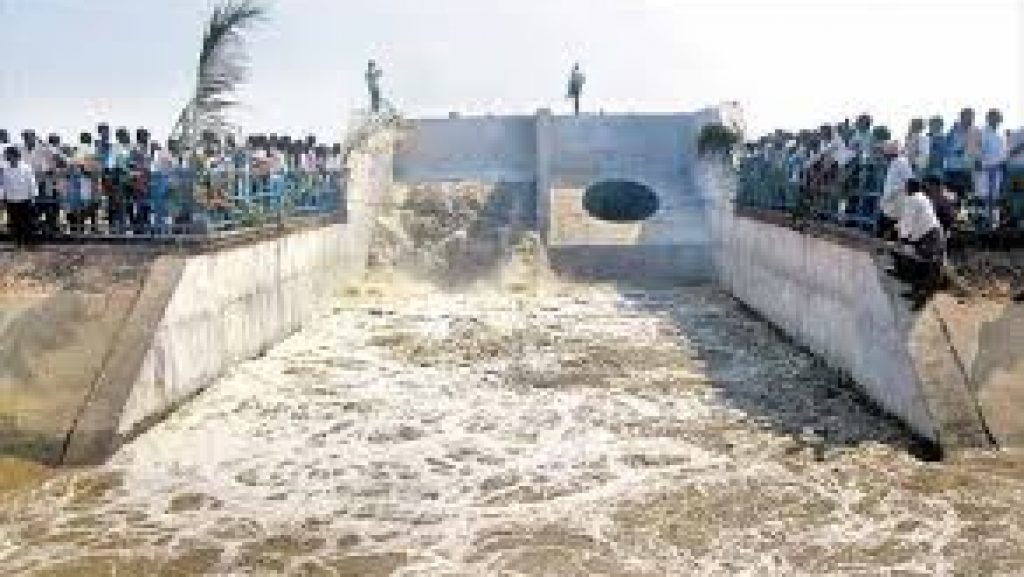
The Thummilla Lift Irrigation Project is a landmark project in the Jogulamba Gadwal district of Telangana with a view of turning the agricultural and water scenario of the region on its heads. With a major investment of ₹783 crores, it is one of the most ambitious project under Rajolibanda Diversion Scheme (RDS), which will turn the vast arid land into green agricultural fields.
An account of a Lift Irrigation Project.
Whereas gravity based method of irrigation entails the use of pumping mechanism to lift water from lower level to higher land, lift irrigation involves the lifting of water from low elevation to high ones. Such approach is especially useful in areas with uneven landscape and insufficient rainfall. The Thummilla Project is a good manifestation of this modern thumb print of using river waters to bring life to dry and drought prone farmlands.
Location and Significance
- District: Jogulamba Gadwal, Telangana
- Associated Scheme: Rajolibanda Diversion Scheme
- Cost: ₹783 Crores
- Target Areas: Gadwal and Alampur Mandals
2.Rajoli Dam
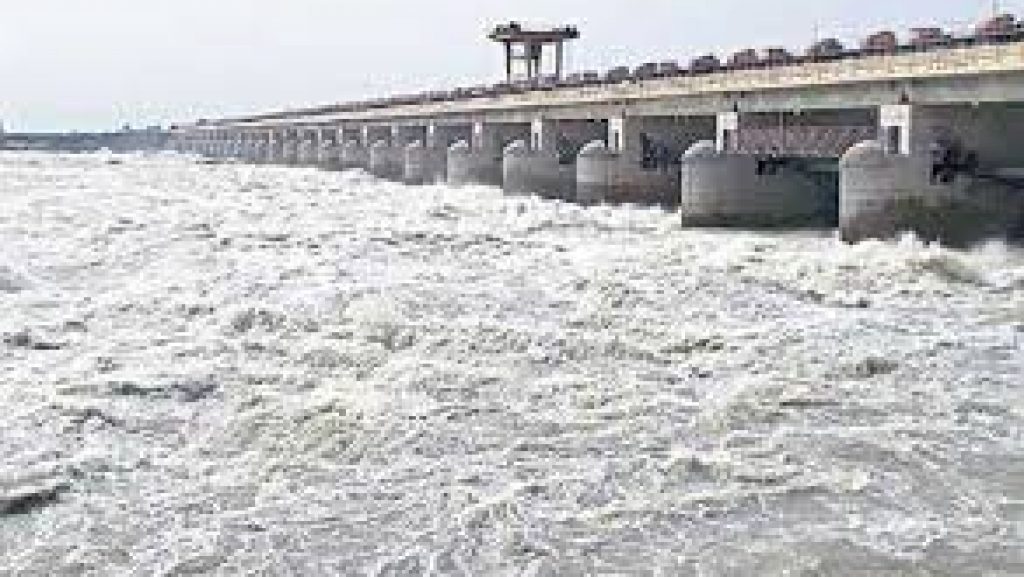
RDS was adopted in river Tungabhadra and most part of the head works and the left bank canal had been completed in 1956. In the year 2013, Krishna Water Disputes Tribunal – II allocated (4) tmcft water for construction of RDS right bank canal for the district Kurnool.
RDS left canal supplies irrigation water for Raichur district and Mahbubnagar district in Telangana. 17.1 tmcft for the Bachawat tribunal was divided from its left canal of which 15.9 t m c f t were exclusively for the Mahabubnagar district. The RDS left canal has been a source of sorrow to Mahabubnagar farmers as the canal is hardly providing them 8 to 10 tmcft against their entitlement of 15.9 tmcft.
The terrible levels of water consumption in its catchment area in Karnataka leaves the Rajolibanda project without sufficient continuous flows. It would be a long term solution to link the upstream catchment area (near 16°01′00″N 76°32′00″E at 475 m MSL) with a 20 km length long tunnel to the Narayanpur reservoir while Narayanpur reservoir is situated opposite the adjacent Krishna River. It would also make available more water to bring more number of uplands in Raichur & Mahboobnagar districts and low lands of Kurnool district under irrigation. Reliable Krishna river water can be provided in place of unreliable Tungabhadra river water to the existing Tungabhadra Left bank canal in Raichur district, the existing Rajolibanda left bank canal and the existing 150 years old K. C. Canal. Along with it bringing in Rajolibanda right bank canal construction, a new canal /weir ( 15°51′27″N 77°01′59″E ) will be constructed across the Tungabhadra river, upstream of the Rajolibanda Project, to divert the augmented Krishna river water for additional irrigation in the Kurnool district. Therefore, significant Tungabhadra reservoir water would be saved for use in upstream new projects and the reliable water supply to present projects would be ensured.
3.Beechupally Hanuman Temple
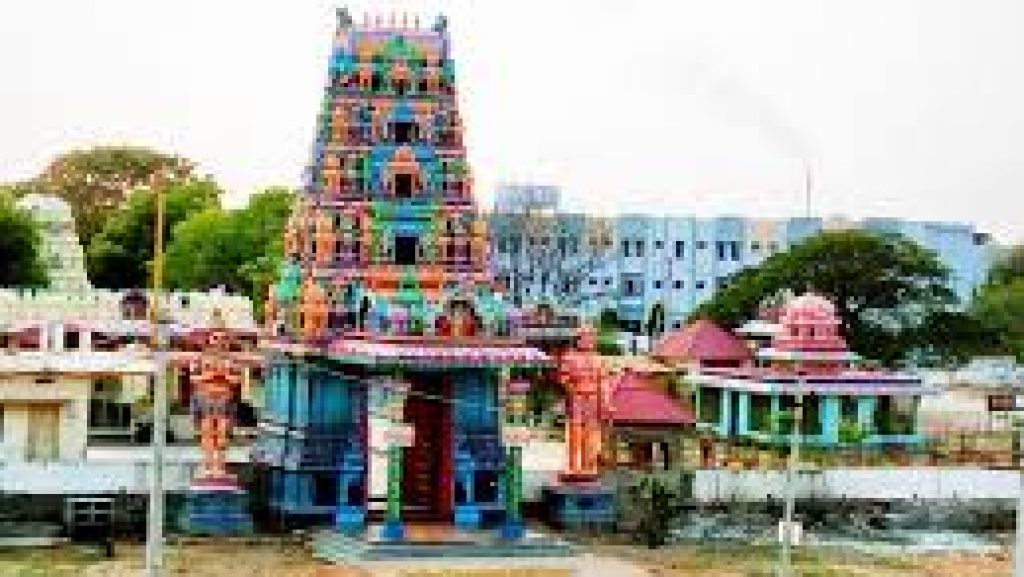
Beechupally is one of the popular shrines for the god Hanuman (Anjaneya Swamy). It is situated in the banks of Krishna River almost 30 kilometers down stream after Jurala Project in JOGULAMBA GADWAL district of Telangana.
The shores of Krishna River in this locality are famous for incurring obsequies to the departing souls according to the Hindu rites.
The shrine has received an impetus with the presence of national highway (NH7) in the village. A road bridge constructed in the 1950s made Telangana and Rayalaseema of the Andhra Pradesh regions to trade. The bridge was among the first links between central/north India to south India.
This highway is re-named as NH-44 [National Highway 44 (India)].
Originally, there was a Hanuman temple some 200 meters from the river, and the Shiva lingam temple near the river. At the time of the rainy season, the water flow level rises to a point that touches the Shiva lingam temple. In 1992 a temple of Lord Rama was also constructed in the vicinity. According to the convenience of devotees, several ghats were built for pushkara snanam which occurs in every 12 years. Since then its development continued to gain ground. In the 2004 pushkaras, the shrine was enhanced with increased facilities making it of a larger scale for pushkara snanam (sacred dip).
In 2016 Krishna Pushkaras during the government of Telangana State went an elaborate arrangement and built at severalghats for the pilgrims.
The Beechupally shrine is close to two islands on Krishna River. Gurram Gadda village, larger island (10 km² area), is inhabited because of fertile soils with the farmers. A small island at the eastern side is known as Nizam Konda (port belongs to Nizam Nawabs).
4.Alampur Jogulamba Devi
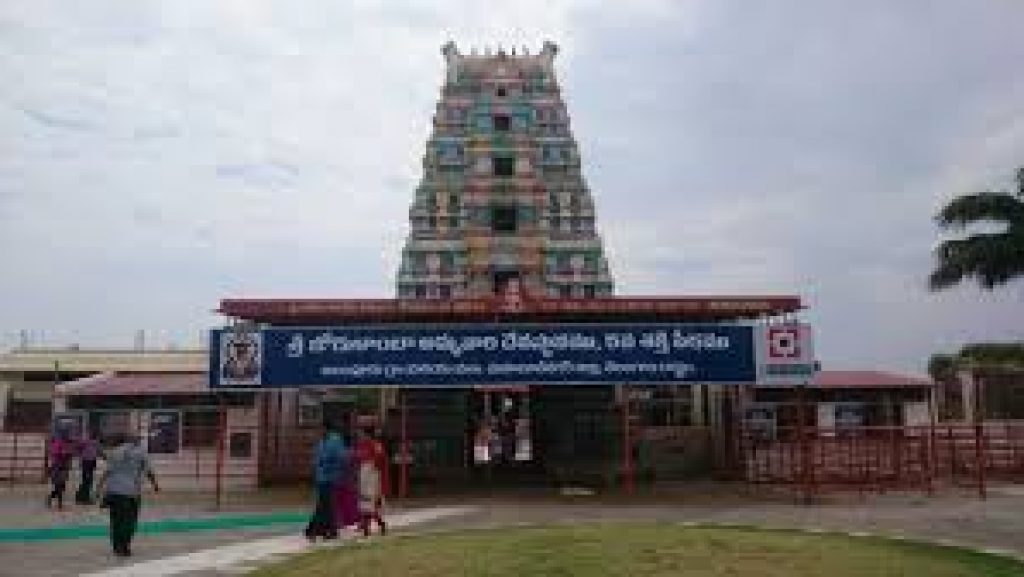
Alampur is a sleepy town located on the banks Tungabhadra River, located in the state of Telangana. Alampur is regarded as the western exit to Srisailam. Here marvelous temple and remains of some ancient temple represent the badami chalukyan architecture. Various South Indian dynasties governed that area. The main Gods at Jogulamba temple include: Jogulamba and Balabrahmeshwara. Goddess Jogulamba is known to be the 5th shakti peeta in the country out of 18 shakti peetams. Here we can see Goddess Jogulamba sitting on the Corpse with scorpion, frog and lizard on her head. Seeing her in naked avtar stretching her tongue out in avtar of fierce goddess who grants Siddhi in Yoga hence Jogulamba. This word is the transformed version of Yogula Amma in Telugu meaning Mother of Yogis.
There was a great saint Rasa Siddha in the 6th century, who was well known by popular legends and who existed with the power of converting the base metal to gold, and was very close to the chalukya king Pulakesi-II was instrumental in constructing any temples ‘Nava Brahma’. The nine names of Siva are actually the names of medicinal herbs postulated by Rasa Siddha and there are nine temples here, as the legend goes. They are the Swarga Brahma Temple, Padma Brahma Temple, Vishva Brahma Temple Arka, Brahma Temple, Bala Brahma Temple, Garuda Brahma Temple, and Taraka Brahma Temple. The Siddha Rasarnavam is a tantric work which says that if upasana is practiced as directed by the prescribed Tantra then Mercury exudes from the Linga of Bala Brahma, from the Thighs of Subramanya, from the Navel of Ganapati and from the Mouth of Mother Jogulamba, which can be reduced into the Gold if the medicinal herbs are used.
The renowned temple is a witness of Chalukya art and culture. Tungabhadra & Krishna are seen in a confluence near Alampur, hence it is also known as Dakshina Kailasam. One is also told that Brahma had done a great penance at today’s Alampur thousands of years back and pleased Lord Siva who granted him the powers of creation. Therefore the god is also referred to as Brahmeswara and the goddess as Yogini or Jogulamba who is the other name for mother Parvathi.
Temple Timings :
- All Days of the Week
- 7:00 AM – 1:00 PM
- 2:00 PM – 8:30 PM
5.Jurala Dam
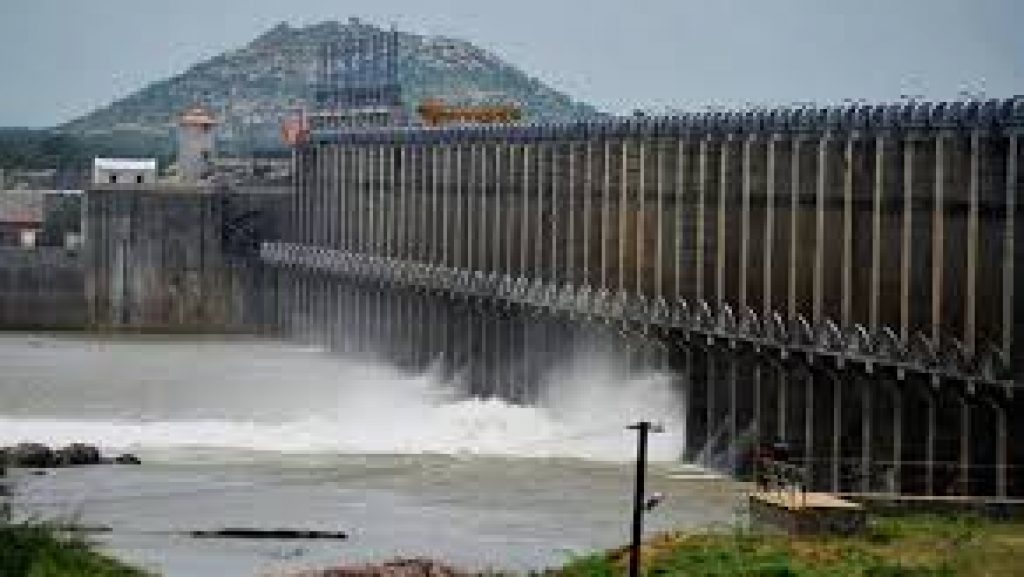
The project that is commonly referred to as the Priyadarshini Project is situated 10 kilometers from Kurvapur village in the Mahabubnagar district of Telangana. Spanning the Krishna River, the reservoir is at 1045 feet. The power project with capacity of 11.94 TMC was inaugurated in the year 1995. At the site, the water pools of the Kuravpur Kshetra river merges into the waters of this project.
The place where Jurala is found lies between two towns Atmakur and Gadwal about 60 kilometers away from Mahabubnagar town. Getting to the Jurala Dam one needs to take train from Gadwall and follow it for 20 Kilometers to reach the project. River Krishna meanders into Telangana through Mahabubnagar district.
This is the only Hydroelectric Project in Telangana which has water in all the year round and this reason makes the dam nationally important and tourists particularly those from Karnataka and Maharashtra come to this place.
Other than the dam which pours out with life throughout the year, there is the Deer Park, which is about 1½ kilometer away from the reservoir. The park has about 100 deers. An element of spirituality entered the place in form of Ramalayam and Parthasaradhi Temple close to the Jurala Dam. The Dam attracts many local tourists that come by the years around.
Related articles : Best Places to Visit in Jayashankar Bhupalpally – Temples, Waterfalls & Heritage Sites












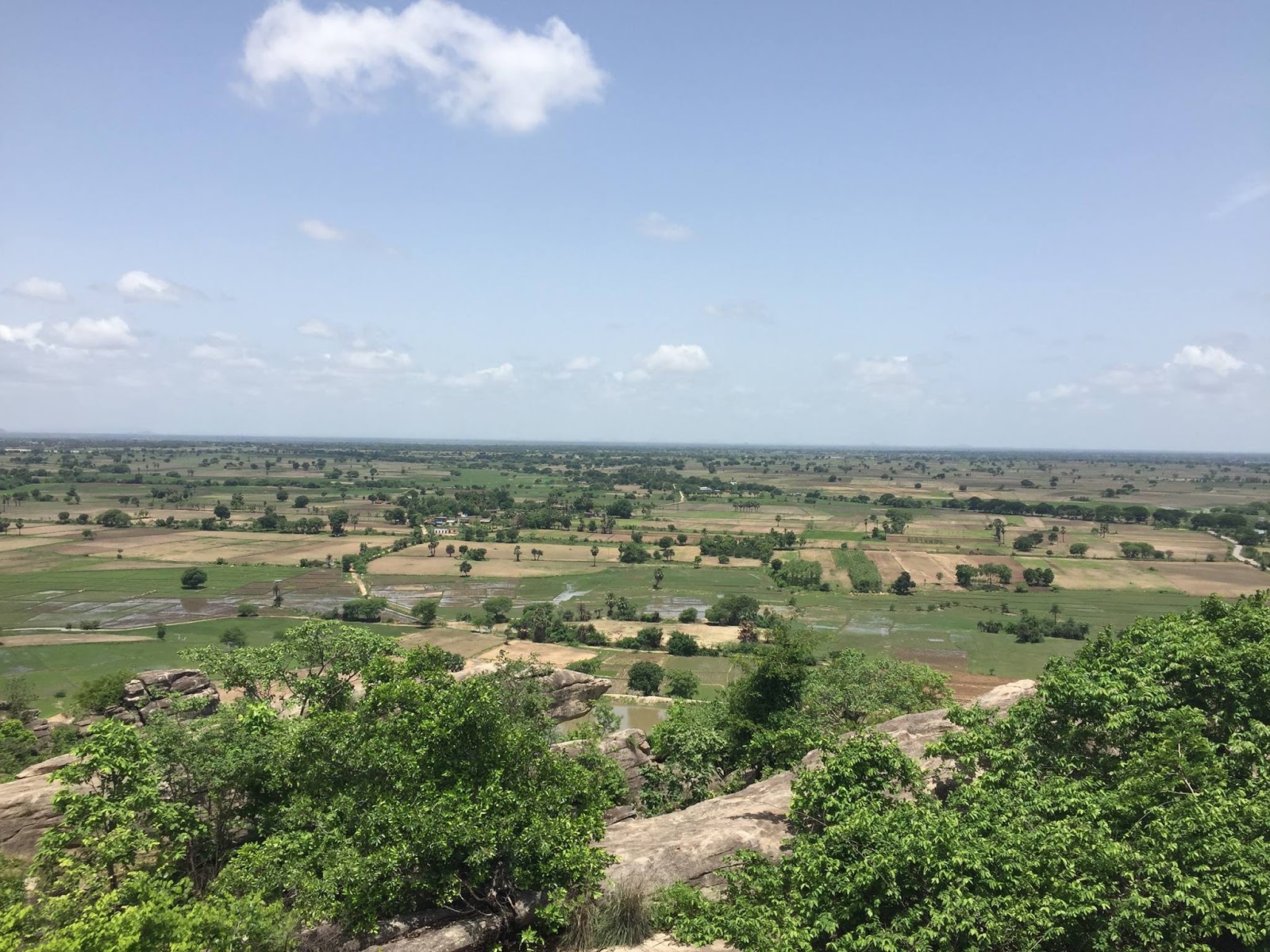
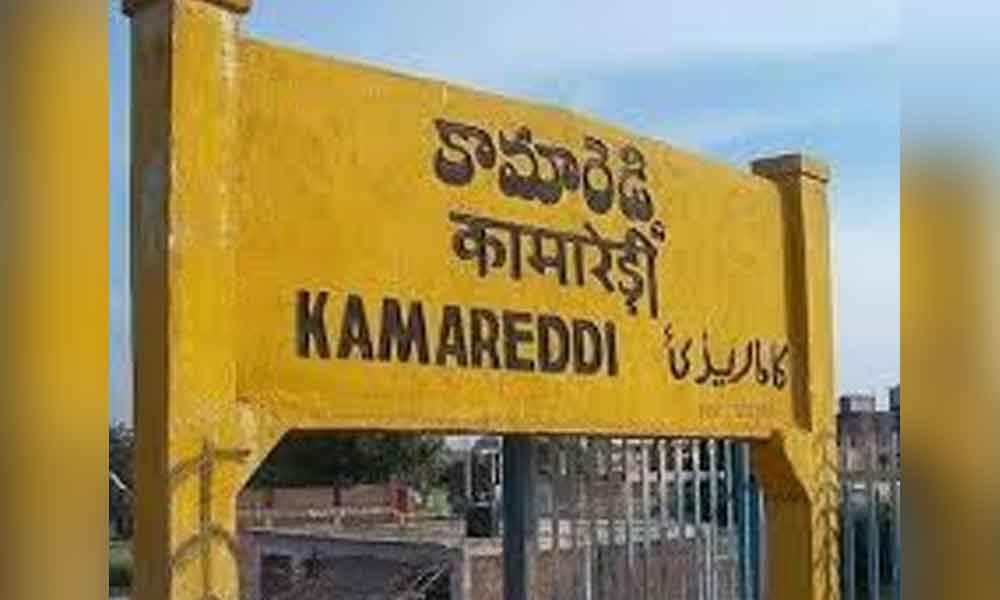
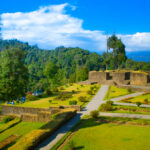
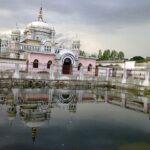
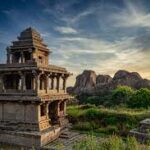
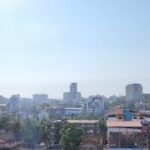
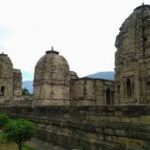

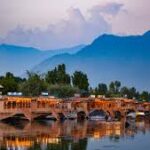
Pingback: Best Places to Visit in Kamareddy – Explore Temples, Forts & Scenic Spots